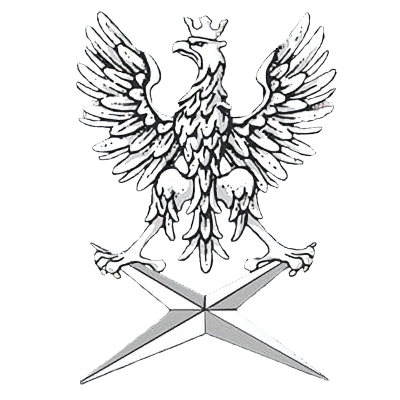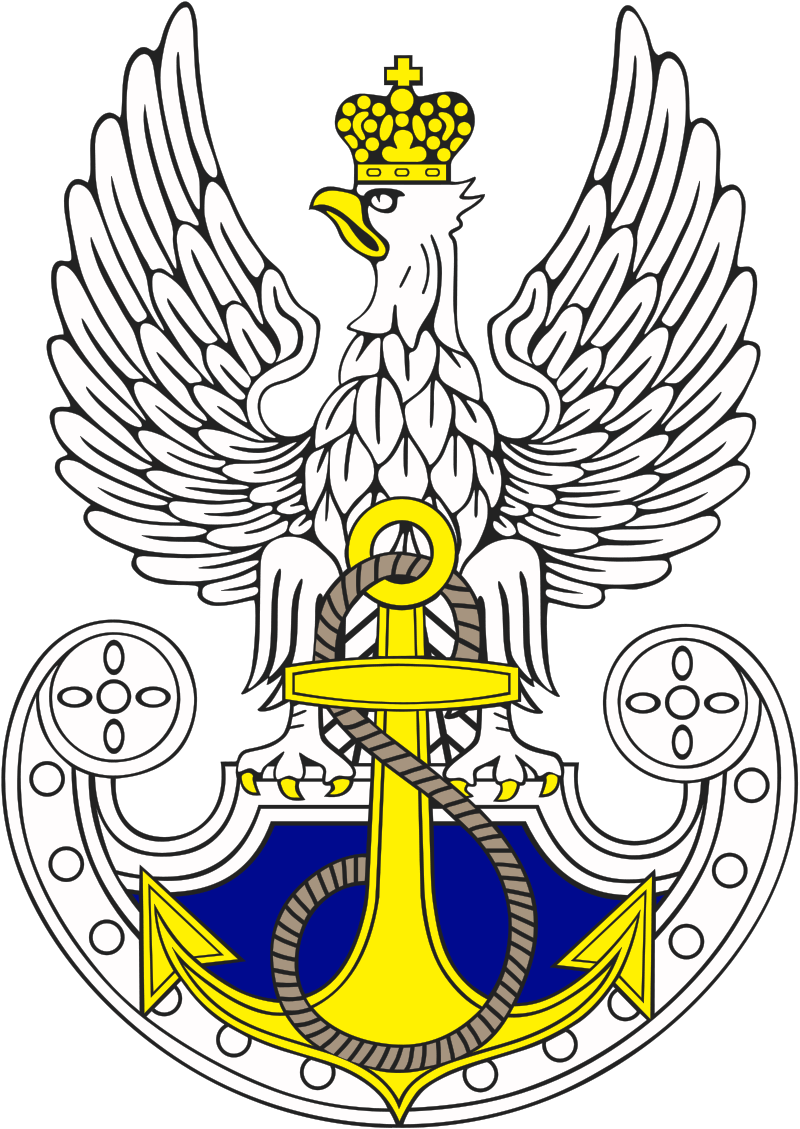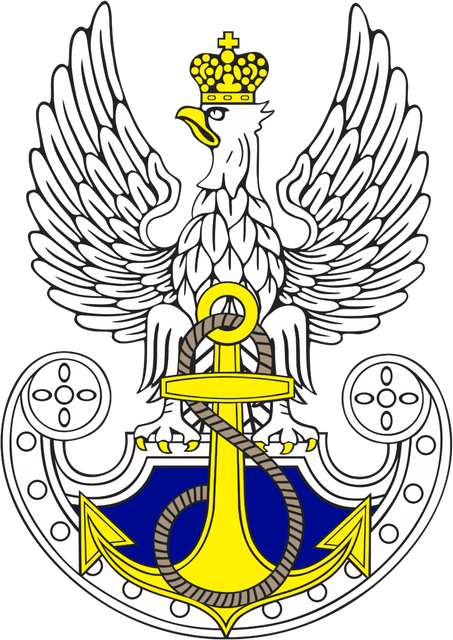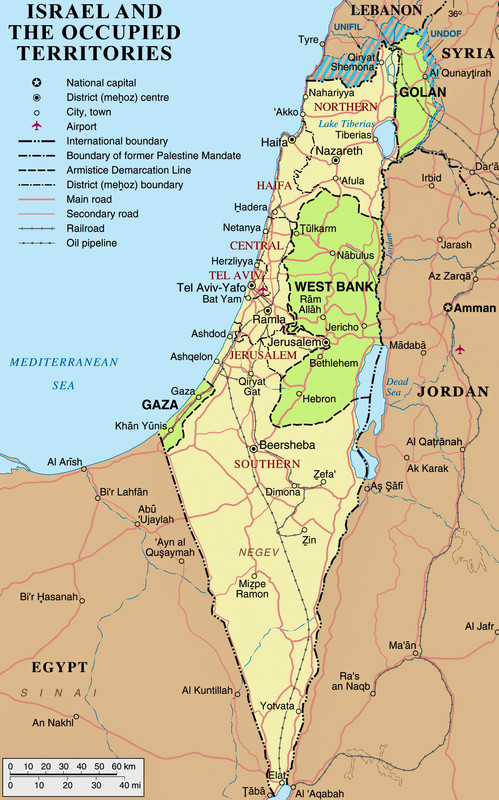- May 22, 2020
- 1,407
Operation Watchtower
Operation Stanica
Everything Below is Secured and Encrypted TOP SECRET by POSP
Operation Stanica
Everything Below is Secured and Encrypted TOP SECRET by POSP

| 
| 

|
Background:
With tensions growing within the Middle East and around the Mediterranean, the Polish Ministry of National Defense, Office of State Protection, and the Council of Ministers have decided that Poland will require eyes on the developing situation to better understand the current workings of political situation. This has led to the formation of Operation Watchtower which had originally been designed to be a joint operation between Poland and Thailand.
Objectives:
1. Observe and Report SIGINT and ILINT information from Israel and Turkey during Operational times
2. Infiltrate Israeli and Turkish space utilizing POSP operatives flying in from allied nations
3. Continue to monitor the situation from SIGINT ships while also hosting a training exercise for attached Amphibious Assault Ship, Frigates and special operations soldiers
4. Assist in the extraction of any Christians and Catholics within Turkey that wish to be relocated
5. Recover Operatives from Friendly Nations or assist in exfiltration if operatives are detected
Mediterranean Task Force
| Ship Class | Vessel Name | Compliment | Home Port |
| Celestial-class Frigate | OKP Gwiezdny | 140 | Świnoujście |
| Nawigator-class Reconnaissance Ship | OKP Nawigator | 40 | Gdynia-Oksywie |
| Nawigator-class Reconnaissance Ship | OKP Hydrograf | 40 | Gdynia-Oksywie |
Mediterranean Aerial Task Force(OKP Huragon)
| Squadron | Aircraft | Number of Aircraft | Personnel |
| 1st Helicopter Squadron | PZL W-3W | 1 | 4x Pilots; 2x Gunner |
Details
Celestial-class Frigates: Fully fueled; Maritime reserves fully fueled; non-perishable and perishable food/water for 3 month journey; Standard Armaments:
32-cell Mk 41 VLS: x5 RUM-139C (Mrk 54 Torpedo); x36 (Quad packed) RIM-162A ESSM; x3 RGM/UGM-109E Tomahawk Land Attack Missile; x15 RGM/UGM-109B Tomahawk Anti-Ship Missile;
Standard armaments including: x2 Mk 141 canister Harpoon missile launcher (x8 missiles); x1 Mk 32 triple torpedo launcher + 10 Mark 50 torpedoes stored; x2 Mk44 Bushmaster II 30-mm chain guns; x1 SeaRAM CIWS; x1 Mk 110 57mm gun; x4 crew-served .50 caliber Browning M2 machine guns; x2 crew-served M240B 7.62 mm machine guns;
Decoys: x2 Mk 36 SRBOC chaff rapid decoy launchers;
Boats: 2x RHIB(With 12.7mm Machine Gun mounted)
Aircraft: 1x PZL W-3W
Sailors: Wearing appropriate professional soldier uniform(Blue pants, jacket, white shirt, blue cap, black boots) all bearing the insignia of the Poland and the Royal Navy
JW Formoza Task Force
| Unit | Compliment |
| Section A | 16x Soldiers; 1x Military Working Dogs |
Formosa: 300x HK416 w/ holographic sight & magnifier, and suppressor; 8x magazines; 400x SIG P226 9mm w/ 4x magazines; 20x AWM-F .338 Lapua Rifles w/ long range optic; 6x magazines; 60x SR-25 w/ variable range optic and suppressor; 8x Magazines; 20x FN Minimi Para Machine Gun(7.62x51mm) w/ 2x 100 round belts, holographic sight & magnifier, and suppressor; Field Uniform Pattern .93 in Desert Pattern; No patches or distinguishing items are worn on the uniform.; MSA TC 2002 Helmet; AN/PRC-152A Radio; Active hearing protection/headset; MP-5 Gas Mask; KWM-01 Armored Chest Rig; AN/PVS-14 Night vision goggles; 3-day pack(water/rations, spare ammunition, batteries, blankets)
Polish Office of State Protection Detachment
| Unit | Compliment |
| Department III | 5 |
Department III: 5x Glock 19 pistols; 4x magazines; active duty clothing consists of standard tan cargo pants and black polo shirt and tan baseball cap. NOC clothing is assorted clothing to coincide with their alias(e.g. suits, jeans, t-shirts, swimwear, work clothes); 5x encrypted cellphone; 5x passport; 5x picture ID bearing the same name as on passport; 2x DSLR Camera with 256gb capacity SD card; 5x laptops with encrypted partition utilizing AES-256 and Threefish
Deployment
After the Council of Ministers meeting and a talk with the Office of State Protection and the Ministry of National Defense advising the King to gather intelligence on the rising tensions within the region, it was decided to send a task force to examine the situation while assisting refugees from the Ottoman Empire. While Poland is not considered a world power, this is the first step in making the world realize that Poland is a sitting member of the world power board and can easily deploy forces worldwide. After careful consideration, until the Wasp-class amphibious assault ship purchased from the United States was finished, the 1st Flotilla would be assigned to the OKP Huragon and four other ships from the 3rd Flotilla to undertake the journey from Poland to the Mediterranean Sea.
Komandor Anatol Pruszkowski, commander of the OKP Huragon, who would be leading the Task Force was issued the command to prepare ships for departure and to link up with the Amsterdam-class Replenishment Ship in the Mediterranean.
Last edited:




